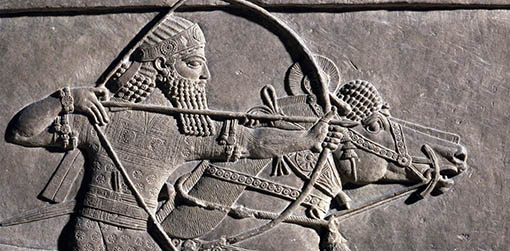Once upon a time, many years ago, there was a remarkable period known as the Islamic Golden Era. It was a time when many amazing things happened in the Islamic world, including great advancements in science, art, and culture.
During the Islamic Golden Era, which lasted from the 8th to the 14th century, scholars from different parts of the world gathered in places like Baghdad, Cairo, and Cordoba. They worked together to study and explore various fields of knowledge.
One of the most important contributions of the Islamic Golden Era was in the field of science. Muslim scholars made groundbreaking discoveries in areas such as mathematics, astronomy, medicine, and chemistry. They built upon the knowledge of ancient civilizations like the Greeks, Romans, and Egyptians, and made significant advancements of their own.
For example, mathematicians like Al-Khwarizmi introduced the world to algebra and algorithms, while astronomers like Ibn al-Haytham revolutionized our understanding of light and optics. Doctors such as Ibn Sina (AvicennA) wrote important medical textbooks that were used for centuries.
Art and literature also flourished during this time. Islamic artists created intricate designs and beautiful architecture, including stunning mosques and palaces. Writers and poets composed exquisite poetry and literature, enriching the cultural landscape of the Islamic world.
Trade and commerce prospered, connecting distant lands and cultures through the famous Silk Road and maritime routes. This exchange of goods and ideas helped to spread knowledge and innovation far and wide.
The Islamic Golden Era was a shining period of history, where people from different backgrounds and beliefs came together to create a vibrant and dynamic civilization. Its legacy continues to inspire us today, reminding us of the power of curiosity, cooperation, and creativity.
Now, let’s test your knowledge about the Islamic Golden Era with some questions:
TEST 20
1. When did the Islamic Golden Era take place?
A) 5th to 10th century
B) 8th to 14th century
C) 15th to 18th century
D) 3rd to 7th century
2. Which city was NOT a center of learning during the Islamic Golden Era?
A) Baghdad
B) Cairo
C) Constantinople
D) Cordoba
3. What field of study saw significant advancements during the Islamic Golden Era?
A) Agriculture
B) Biology
C) Chemistry
D) Economics
4. Who is known as the “father of algebra”?
A) Ibn al-Haytham
B) Al-Khwarizmi
C) Ibn Sina
D) Avicenna
5. What architectural marvels were created during the Islamic Golden Era?
A) Gothic cathedrals
B) Roman aqueducts
C) Islamic mosques
D) Chinese pagodas
6. How did trade contribute to the spread of knowledge during the Islamic Golden Era?
A) By building walls
B) By creating barriers
C) By connecting distant lands
D) By isolating cultures










